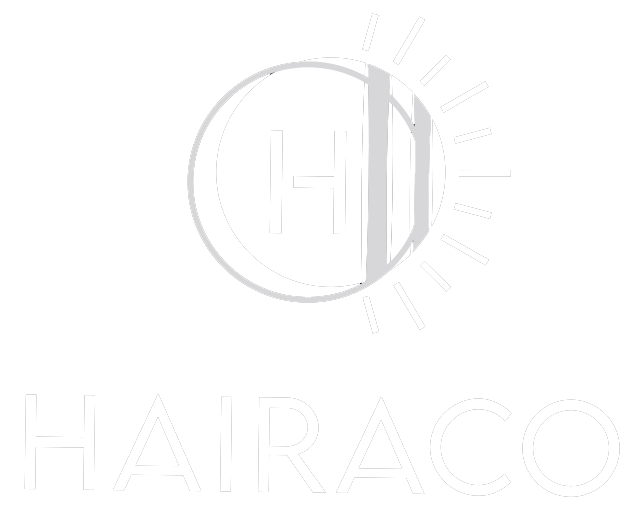Hair coloring is both an art and a science. Utilizing the right tools can make a world of difference in achieving the perfect shade and seamlessly blending hues. Among these essential tools, hair coloring boards are an absolute must-have for stylists wanting precision and control. However, like any technique, using a hair coloring board requires some know-how. In this article, we will dive into expert tips for mastering hair coloring boards and avoiding common mistakes that can compromise your results.
Why Use Hair Coloring Boards
Hair coloring boards provide a stable surface that allows you to work with precision, ensuring even color application. They help maintain tension in the hair, allowing for better product saturation and minimizing the risk of patchy results. Moreover, boards are particularly useful for complex techniques like balayage and foiling, offering excellent support for freehand painting and sectioning.
Choosing the Right Hair Coloring Board
Hair coloring boards come in various shapes, sizes, and materials. It’s essential to select one that suits your specific needs:
- Material: Acrylic or plastic boards are popular options due to their durability and ease of cleaning. Wooden boards, while less common, can offer a more rustic feel.
- Size: The size of the board should align with your working area and the length of your client’s hair.
- Texture: Some boards come with a textured surface to help grip the hair, which can be particularly useful for intricate techniques.
Expert Tips for Using Hair Coloring Boards
1. Proper Sectioning
Before starting the coloring process, ensure that the hair is sectioned correctly. Proper sectioning is crucial for maintaining control and even application. Use clips to partition the hair into manageable sections, making it easier to handle and apply color accurately.
2. Consistent Tension
Maintaining consistent tension on the hair while using the board is vital. This ensures that the color is applied uniformly from root to tip. Use the board to support the hair as you work, enabling you to apply even pressure throughout the strand.
3. Blending Techniques
One of the key advantages of using a hair coloring board is the ability to blend colors seamlessly. Whether you’re working on balayage, ombre, or highlights, practice your blending techniques on the board. Feathering and sweeping motions can help create a natural transition between colors.
4. Clean as You Go
Keeping your board clean during the coloring process is essential for avoiding cross-contamination of colors. Wipe the board with a damp cloth or paper towel between sections to ensure that each application is clean and precise.
5. Product Control
Be mindful of the amount of product you’re using. Applying too much color can lead to oversaturation and uneven results. Conversely, applying too little may not provide enough coverage. Experiment to find the right balance and use the board to distribute the product evenly across the hair.
Common Mistakes to Avoid
1. Skipping the Strand Test
Skipping the strand test can lead to undesirable results. Always perform a small strand test to see how the color will turn out on your client’s hair. This step helps you adjust the formulation and processing time as needed, avoiding unexpected surprises.
2. Ignoring Hair Health
The health of your client’s hair plays a significant role in the coloring process. Damaged or overly porous hair can absorb color unevenly. Make sure to assess the condition of the hair before starting and recommend any necessary treatments to improve its health beforehand.
3. Rushing the Process
Hair coloring is a meticulous process that requires patience. Rushing through the application can result in errors and uneven coloring. Take your time to ensure that each section is thoroughly coated and properly blended for flawless results.
4. Not Using the Right Tools
Using subpar tools can hinder your coloring process. Invest in high-quality hair coloring boards and other accessories to enhance your work. Products from reputable brands like Hairaco can provide the durability and precision required for professional results.
Mastering hair coloring boards can elevate your coloring techniques, allowing for more creative freedom and exceptional results. By following these expert tips and avoiding common mistakes, you’ll be well on your way to becoming a coloring pro. Happy coloring!

